14 Common Plants to Keep Your Pets Away From
Pets give us unconditional love,
protect our homes, entertain us and simply make life better. If you
love your pets (which I’m sure you do), you should know that there are
common houseplants which can be highly toxic for them:
|
|
1. Hosta – Beautiful
and green with big meaty leaves, Hostas are used for their decorative
properties. Just don’t let your dog or cat munch on them – they can
cause vomiting, diarrhea and depression.
|
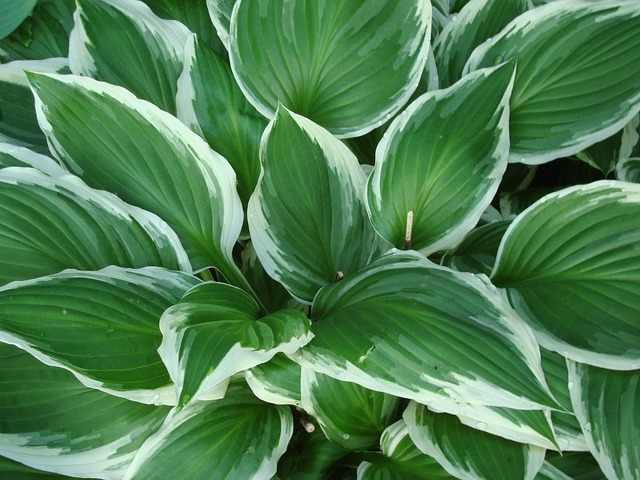 |
|
2. Lilies - These
delicate water-plants - while a wonderful decoration - are extremely
poisonous to cats and can cause severe kidney failure. |
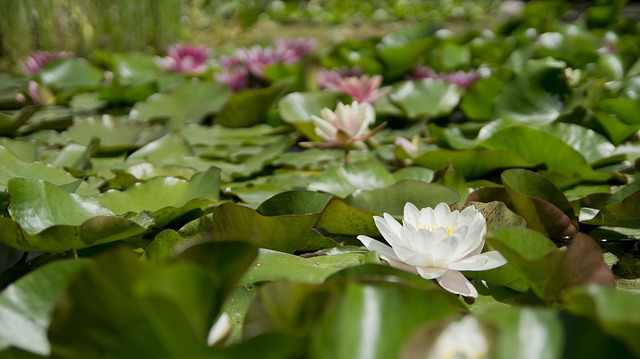 |
|
3. Morning Glory –
Quite common and with a variety of colors, they are also a powerful
hallucinogenic for cats, and can cause gastrointestinal upset, tremors,
disorientation, agitation, ataxia and anorexia. |
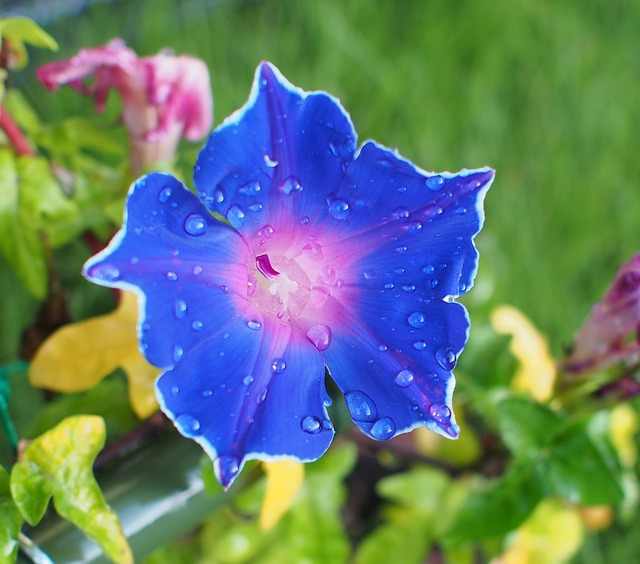 |
|
4. Pothos – While
not the most toxic plant on the list, it should be mentioned since it
can be found in many homes. Its effects on dogs and cats include
excessive drooling, vomiting, oral irritation, intense burning of mouth,
tongue & lips, and difficulty swallowing. |
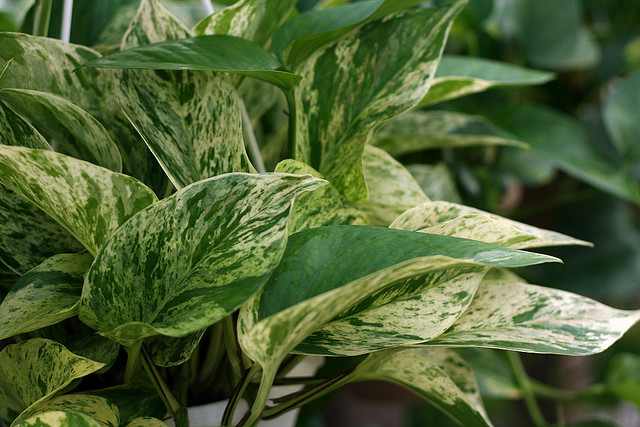 |
|
5. Tomato Plant –
The tomato is a member of the nightshade family and as such, the plant
is usually toxic. While not too likely to prove fatal, your cat or dog
might suffer from weakness, dilated pupils, slow heart rate,
hypersalivation, severe gastrointestinal upset, diarrhea, drowsiness as
well as depression & confusion. |
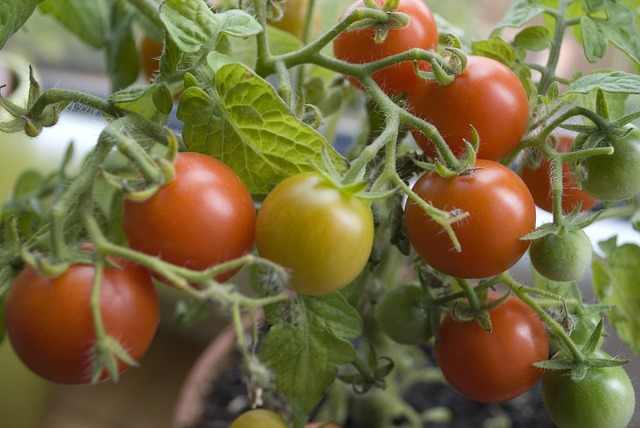 |
|
6. Tulip & Narcissus
– Is your dog a digger? If so, you should be careful about planting
these flowers in your garden. The bulbs of these plants are highly toxic
and can cause cardiac abnormalities, intense gastrointestinal
irritation, drooling, loss of appetite, convulsions and depression of
the central nervous system. |
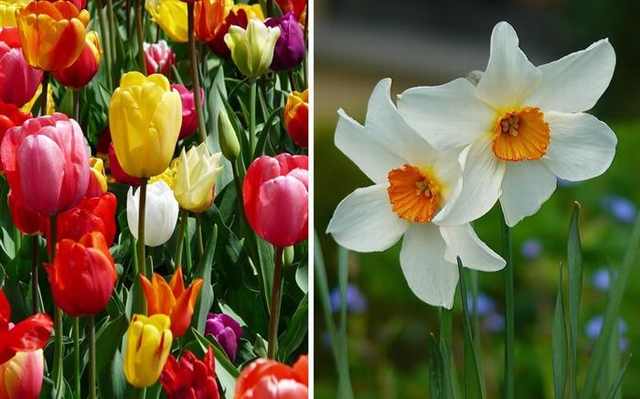 |
|
7. Begonia – A
common decorative plant, usually potted – it’s actually quite toxic for
cats and dogs, and can cause intense burning and irritation of mouth,
tongue & lips, excessive drooling, vomiting and difficulty
swallowing. |
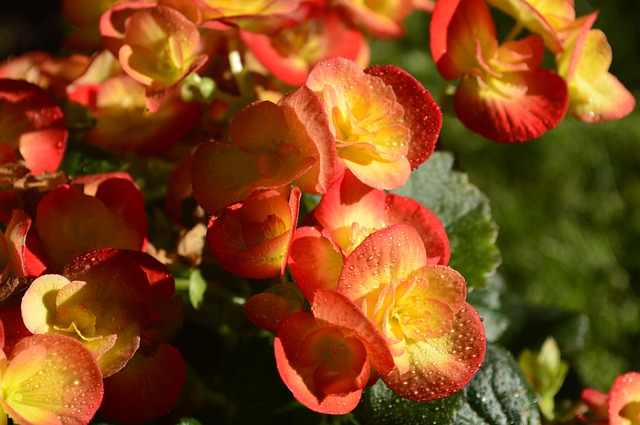 |
|
8. Carnations – Not
the worst of the bunch by far, but still worth noting as they’re very
common in flower arrangements. They can cause mild dermatitis &
gastrointestinal irritation. |
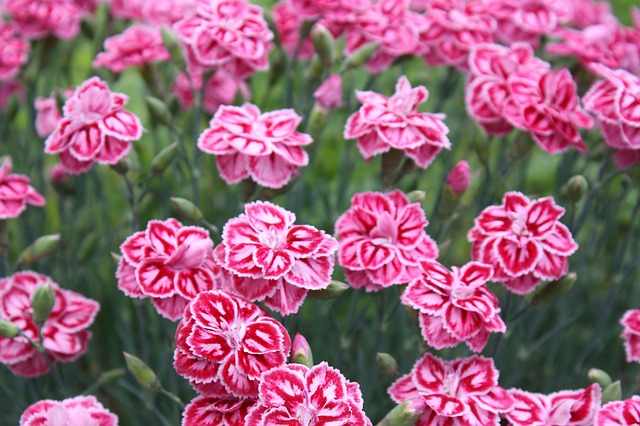 |
|
9. Chrysanthemum –
Not likely to kill your pets, but can cause vomiting, diarrhea,
dermatitis & hypersalivation. If enough of the plant was consumed,
it can lead to a loss of coordination as well as depression. |
 |
|
10. Cyclamen –
Decorative and with quite a unique shape, cyclamen are one of my
favorite, yet is very dangerous for dogs and cats alike. Each part of
the plant is toxic, but the roots are the most toxic part. Consumption
can cause severe gastrointestinal irritation, accompanied by vomiting
and may even lead to death. |
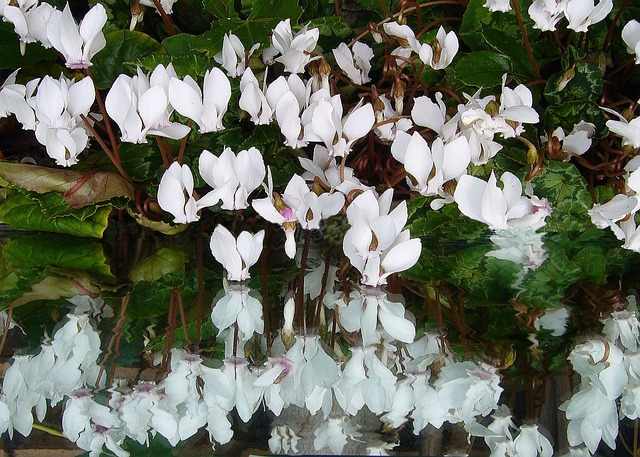 |
|
11. Gladiola – Very
popular in flower arrangements, it also is quite common in gardens. The
part that is mainly toxic is the bulb of the plant, which can cause
salivation, drooling, vomiting, diarrhea & lethargy in both dogs and
cats. |
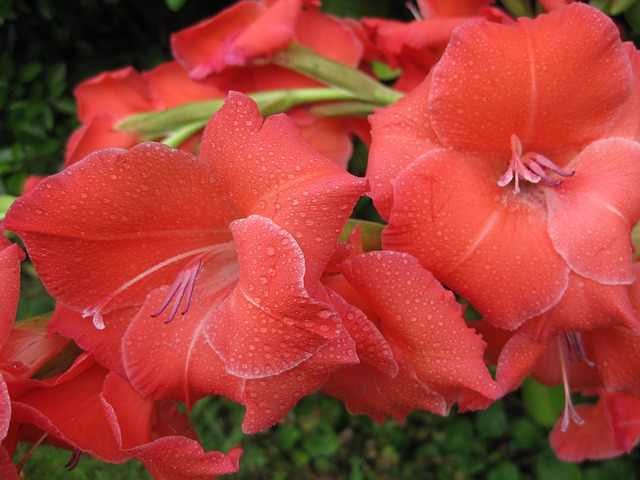 |
|
12. Milkweed – The
favorite food of the Monarch butterfly, is also incredibly dangerous for
your pets! Ingestion can lead to vomiting, weakness, profound
depression, anorexia and diarrhea. It may be followed by difficulty
breathing, rapid & weak pulse, seizures, dilated pupils, respiratory
paralysis, kidney/liver failure, coma and death. |
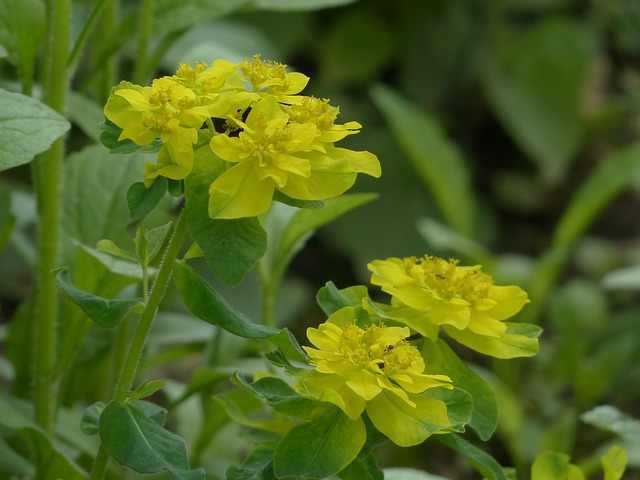 |
|
13. Bird of Paradise
– Beautiful and exotic, its seeds and fruit are toxic for cats and
dogs. Ingestion symptoms include vomiting, nausea and drowsiness. |
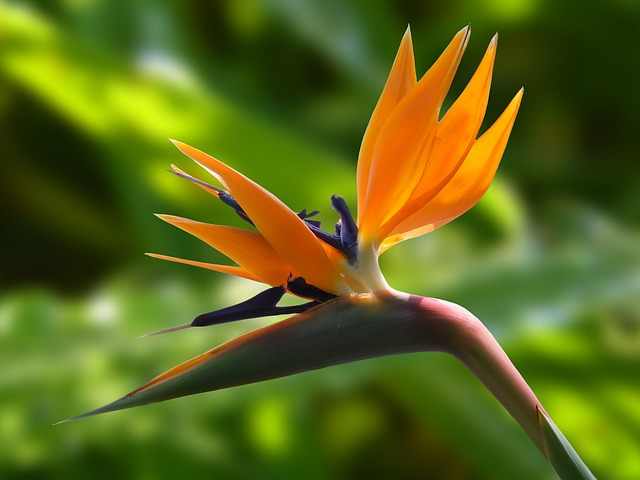 |
|
14. Daisy – It
blooms during the summer and can be found everywhere. Both dogs and cats
should be kept away, as eating it will cause vomiting, diarrhea,
hypersalivation, incoordination & dermatitis. |
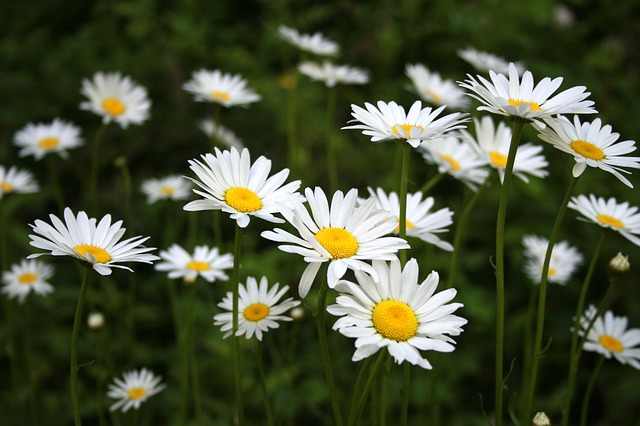 |
| If you noticed that your pet consumed any of these plants, contact your local veterinarian or Animal Poison Control center immediately. |
jeudi 14 août 2014
14 Common Plants to Keep Your Pets Away From
Inscription à :
Publier les commentaires (Atom)
Fab article
RépondreSupprimerThank you Keep cats out of houseplants